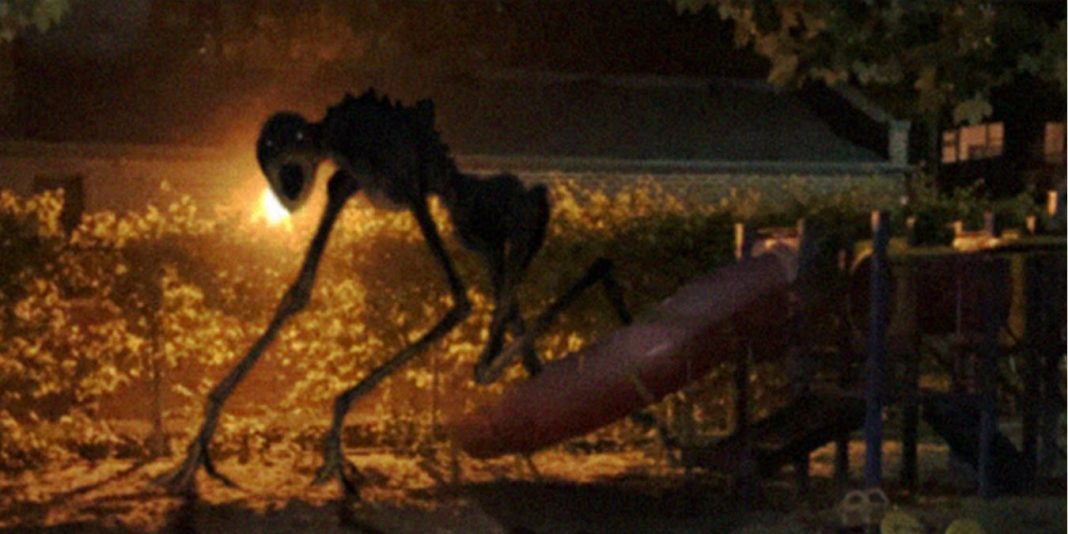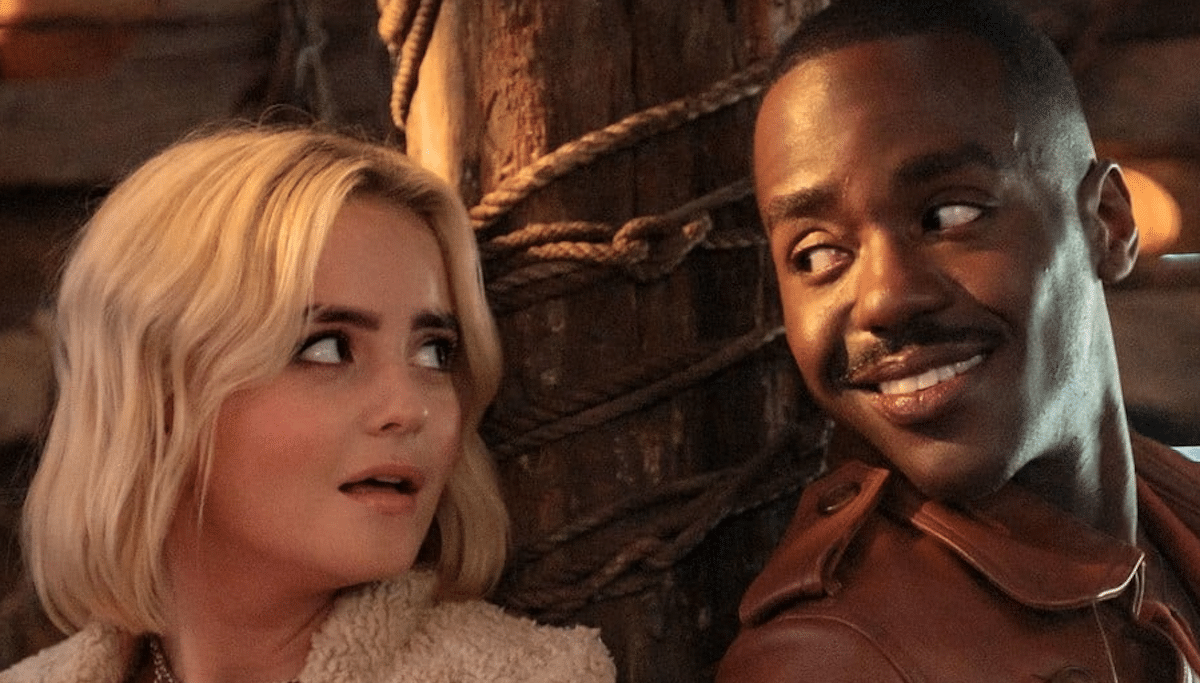The first offering of any serialized horror anthology has the responsibility of setting the tone and the identity of the project. Issue #1 is where they bare their souls. Some of the best anthologies in this category achieve that, evoking a unique aesthetic, feel, and brand of horror just by mention of their names alone. Creepy, House of Secrets, Tales from the Crypt, Flinch, the list goes on. James Tynion IV has decided to throw his hat into the ring for a spot among these great anthologies in the form of Razorblades, and if its first issue is any indication, it is destined to share a spot among them.
Razorblades is a quarterly magazine that, in the words of Tynion himself from his “Sharp Thoughts” essay, aims at being “a horror anthology that isn’t fucking nostalgic towards anything.” This is immediately apparent from the story that opens the anthology, titled “The Washing Machine,” in which a man finds himself stuck between murder and a washing machine. The story’s created by Tynion and Andy Belanger and it wastes no time pushing readers into new dark places.
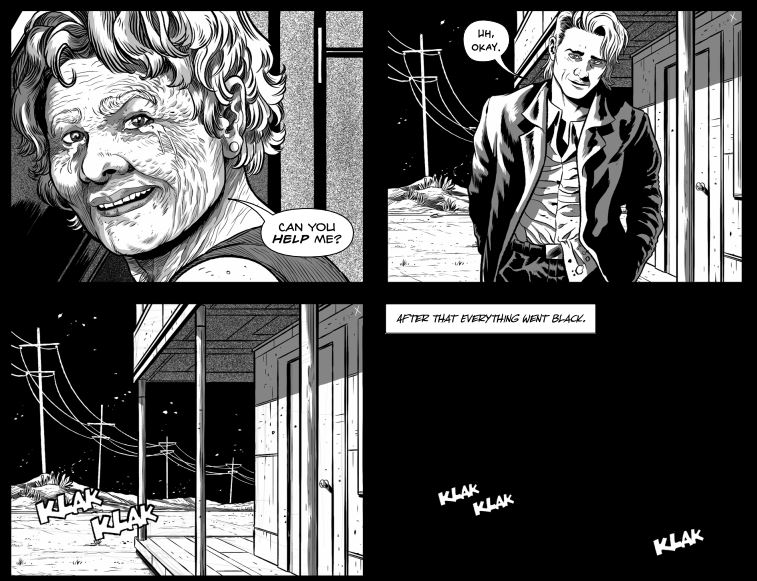
The magazine features an interview with Scott Snyder on writing horror and a short story from Danny Lore with an illustration by Aaron Campbell called “Mid-Season Slump,” a particularly sharp tale that locks its sights on celebrity and the decisions we make in the name of it. Single-page illustrations from Brian Level and Francine B/Witnesstheabsurd help keep things in a state of disquiet with imagery that rewards close inspection. But Razorblades makes it clear which storytelling medium it wants to be led by: comics.
The short comic stories that make the brunt of Razorblades #1 seem to be hellbent on tackling the ugliness behind current social problems and misconceptions. They offer biting commentary and have no time for nostalgia. This is horror for today.
Marguerite Bennett and Werther Dell’Edera’s “Local Heroes” is perhaps one of the hardest hitting stories of the bunch. A child is abducted and a man attempts a rescue only to be confronted with a mob of angry people that intervene without having all their facts straight. It elicits a very strong reaction that makes one want to jump into the story and do something about the situation. I couldn’t help but think about each and every Twitter war I’ve witnessed and how misshapen animosity dominates the interactions.
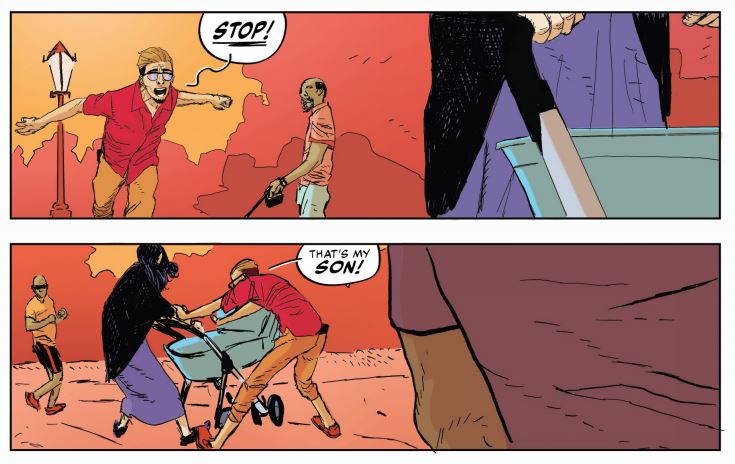
The other comic stories include experimental drugs that alter reality through body horror and switched gender conventions that explore new kinds of violence. Each one has its own identity and they all help mold Razorblade’s vision of new horror over homage or pastiche.
Tynion saves the best story for last, though: Ram V. and John J. Pearson’s “A Dream of Time.” The myth of the Aztec calendar and the end times is played to great effect here with the intention of looking at how cycles of horror-creation can play out endlessly without guarantee anything will come of them. The art has hints of Dave McKean and David Mack in it, but they combine to create a dense and storied look that effectively illustrates a kind of mythical horror that possesses a wider range of ideas withing each panel. It’s very much a story of our own fascination with endings and how the inner workings behind them seem set up for disappointment.
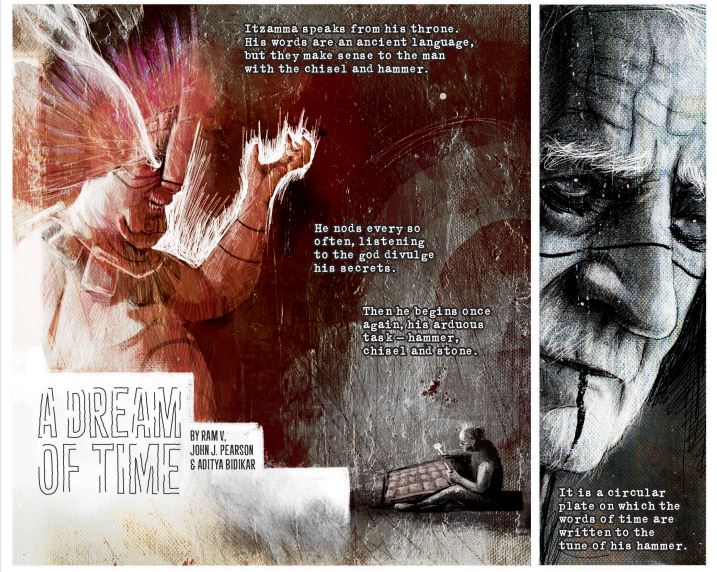
Razorblades has all the necessary ingredients to be a long-running horror anthology that attracts both established and new names into the horror comics world. By setting nostalgia aside, Tynion has basically offered a challenge to creators that asks them to look from today onwards for new haunts rather than mining the same scares that have already been beaten to a bloody pulp. Keep an eye on this one and don’t confuse the blood on your hands as the result of mere papercuts. Something else within the magazine sliced you open. Something sharp.
You can purchase Razorblades digitally here: https://gumroad.com/tinyonionstudios


